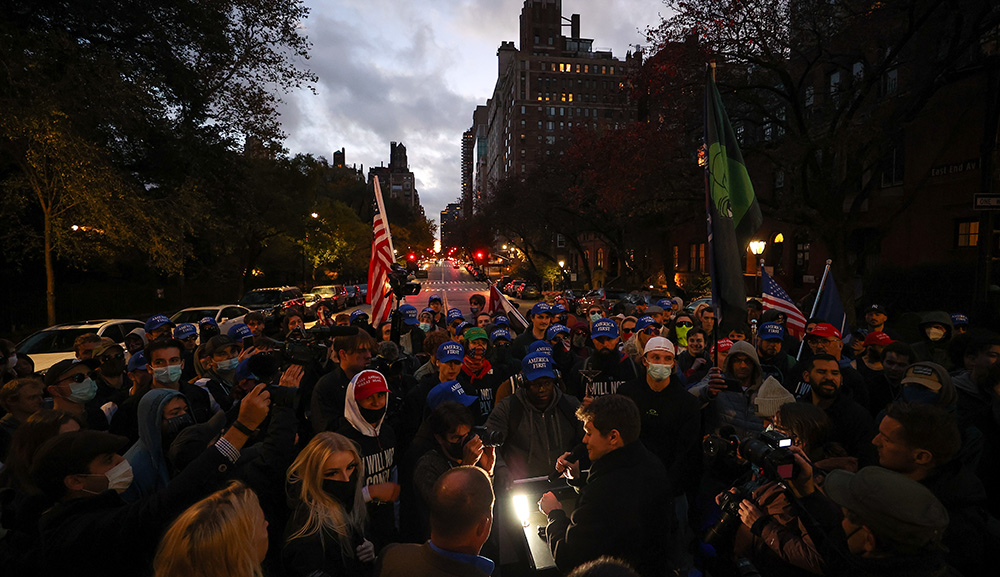The minor holiday of Lag ba-Omer, which falls today, marks the 33rd day after Passover. In Israel, many celebrate it with pilgrimages to the putative grave of the 2nd-century sage Shimon bar Yoḥai, located in the Galilean town of Meron. All of this figures prominently in a Hebrew story, “To the Galilee,” by the Nobel laureate S. Y. Agnon. Set in 1911, the story has been newly rendered into English by Jeffrey Saks (with an introduction here). It opens like this:
After a few years in Jaffa and her settlements and in Jerusalem and her study halls I decided to go and see the land—the [Sea of Galilee] and Deganya kibbutzim and their inhabitants, who have added two settlements to the existing 37. I had too little money to hire a donkey to ride on or a wagon to travel in, but I had plenty of time, so I decided to make my way by foot.
I timed the trip to celebrate Lag ba-Omer in Meron, because I still remembered something of what I had heard in my childhood about the spectacles and wonders witnessed on Lag ba-Omer night at the tomb of Rabbi Shimon bar Yoḥai.
I placed a loaf of bread and some olives in my pack, took my walking stick, and locked my door. I placed the key on the windowsill behind the blinds, so if a friend came to visit and found me away he could still find the key, open my room, and find himself a place to rest. It was the custom in the Land in those days that a person could always find lodging with a friend—if not a proper bed, then at least a floor to sleep on and a roof above his head.
More about: Arts & Culture, Galilee, Lag ba'Omer, Land of Israel, Modern Hebrew literature, S. Y. Agnon


